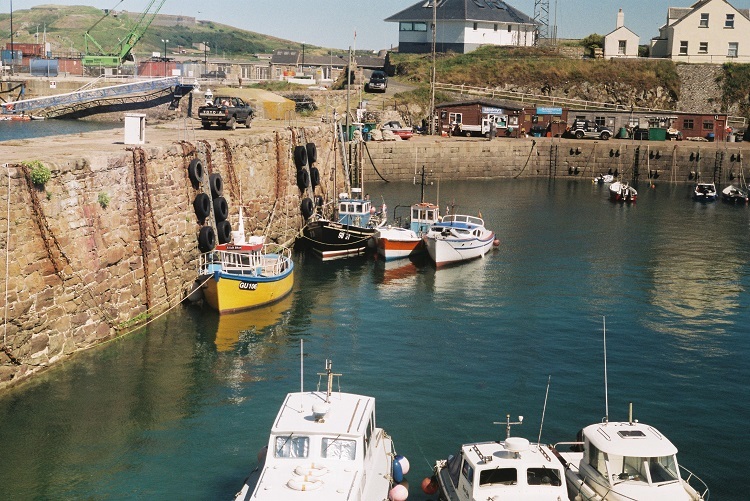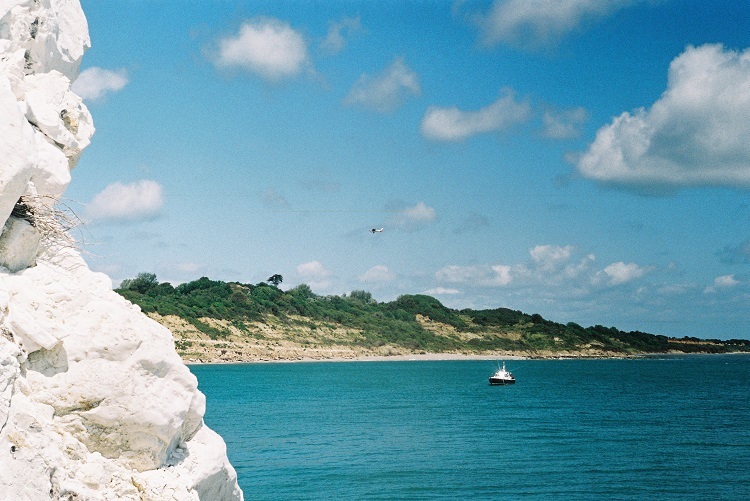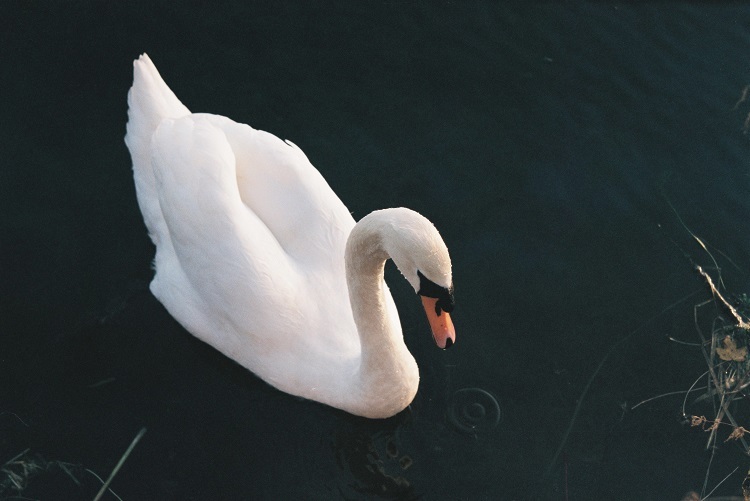They don’t appear to have the complex optics mentioned in that link. AFAICT it is just a normal 12MP phone camera. All the current phones seem to be 12MP – Samsung S7 S8 S9 included. Probably use the same Sony sensor.
What they have is a load of clever software which will produce eye-catching pics. This is better than the “standard Samsung phone look” which is basically over-saturation and over-sharpening. Most people are very happy with that too – it looks great on facebook etc – which is why Samsung do it, and this is why I shoot in RAW 
Peter wrote:
They don’t appear to have the complex optics mentioned in that link
I don’t think you need to, with a digital sensor you can take multiple images at different focal settings, or you can use the focus information that the sensor is capturing. The HDR that the iPhone uses is driven my using multiple captures of the scene AFAIK. Plenty more tricks I am sure.
I think the problem is speed. Multiple pics at different focal lengths takes time (partly because the focusing mechanism doesn’t dead-reckon; focusing is done by image spectrum analysis – highest spectral components mean optimum focus – and this takes time). Whereas HDR is quick and easy – just focus it and take several shots in rapid succession.
Peter wrote:
focusing is done by image spectrum analysis – highest spectral components mean optimum focus – and this takes time)
Which Is sort of what I was suggesting before, once you have analysed the frequency of the in focus areas, you can compare that to frequencies of the out of focus areas etc. Obviously not simple, but with the right information very possible.
Peter wrote:
I think the problem is speed. Multiple pics at different focal lengths takes time
Peter wrote:
There is surely no way to software-emulate the depth of field effects of a variable aperture optical system.

Ted wrote:
The HDR that the iPhone uses is driven my using multiple captures of the scene AFAIK.
p.s. did you see the real-time analysis of a basketball player shooting at 1h00:30? Pretty nifty stuff!
I had a play with the latest Iphone just now, and the above-discussed features.
It works pretty well. It does indeed seem to detect the “background” by it being out of focus in a specific way, and this means it is quite easy to fool it, if e.g. the foreground object has a bit of a depth to it, so when you blur the background using the Blur slider, it sometimes picks a piece of the foreground object and blurs that too, whereas a camera using its aperture would not do that. So I think the images used in that presentation video were carefully chosen and/or it works specially well with humans (although it does tend to mess up the hair on them too, if it is curly hair, not realising it is a part of the foreground object).
Or how about 35mm rangefinder cameras?
I shoot film, nothing serious, just photos on days out etc. Once you get the hang of the basics, it’s wonderfully simple: the user manual is about 4 pages long, and I don’t have any patience for editing afterwards. Taking a photo isn’t as quick as digital, but it makes you think a bit. A DSLR can be used fully manually too, though.
Rather than having an expensive camera and lots of free photos, you have a cheap (or free) camera, but pay per photo, so you take fewer photos. Then there’s the waiting-for-Christmas-feeling after the film has been sent off to be processed, and looking through them afterwards thinking “overexposed… good… ok… WOW.” I find it more rewarding.
There’s plenty of cheap 35mm cameras, without going straight for a Leica M3. I have a couple of Russian rangefinder cameras: a Kiev (Contax copy), very well made; and a Zorki (Leica copy), a bit rustic. Whilst pretty heavy, they’re smaller than an SLR and are visually attractive. It’s also nice to see Сделано в СССР stamped on them: makes me nostalgic. Both cameras and lenses can be worked on at home – there are tutorials on the internet – but I’m not brave enough to do repairs myself. The Soviets produced some very high quality lenses, and despite coatings being 50-60 years old they turn out some very nice photos.
The full set:
2.8/35 wide angle
5/50 ‘normal’
1.8/53 ‘normal’
2/85 portrait
4/135 telephoto.
Made from aluminium, so not too heavy, but still a lot to carry around; the whole package could be bought for under £300.
You do get stared at by kids when changing film in public, and people do try to convince you digital is better. Family members and friends also start giving you their old cameras, so I’ve now got seven cameras. I will use my phone for ‘normal’ photos though.

The harbour at Alderney, Zorki 4 5/50

The local lakes, Kiev 1.8/53

Bembridge beach, Zorki 4 5/50. Something has started scratching film with horizontal orange lines

Coucher de soleil en Bourgogne, Kiev 1.8/53

Swan, Kiev 4/135
Nice pics 
Somebody got some amazing value when I sold my old film stuff on Ebay. The OM4Ti went for about €300, then loads of lenses, some of which were good. Some students in Spain bought it. Provia 100 was a pretty good film too, not far short of the almost impractical Kodachrome 25.
And with a spot meter (OM2sp, etc) one rarely got a completely wasted frame.
Some lovely sea colours there Capitaine. Film remains instantly recognisable.
Capitaine wrote:
Or how about 35mm rangefinder cameras?
Indeed, any simulation either that of film or focus, will always be a simulation, no different to flight simulation, very good at times, but always distinguishable for the real thing. In the history of photography any specific format, has one of more signature attributes that distinguish it. Doesn’t of course stop it being replaced for reasons economical, convenience or otherwise.